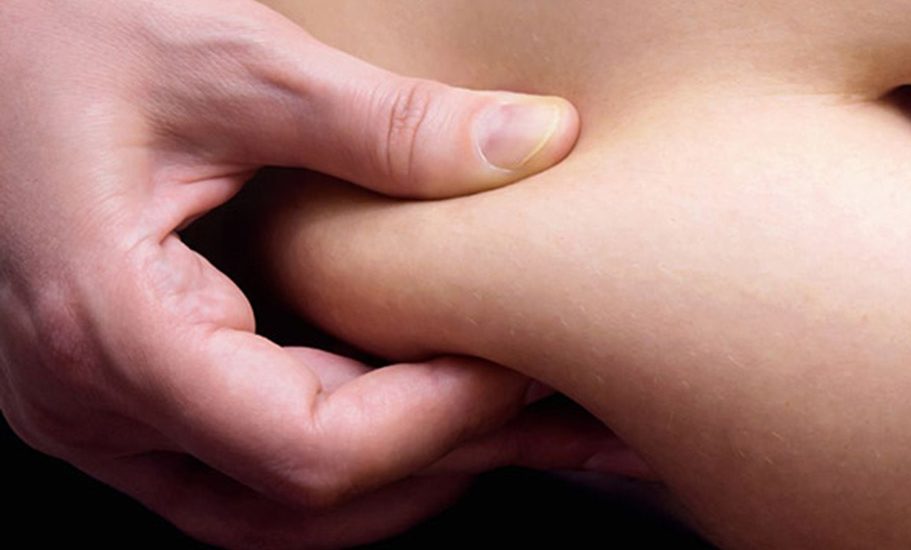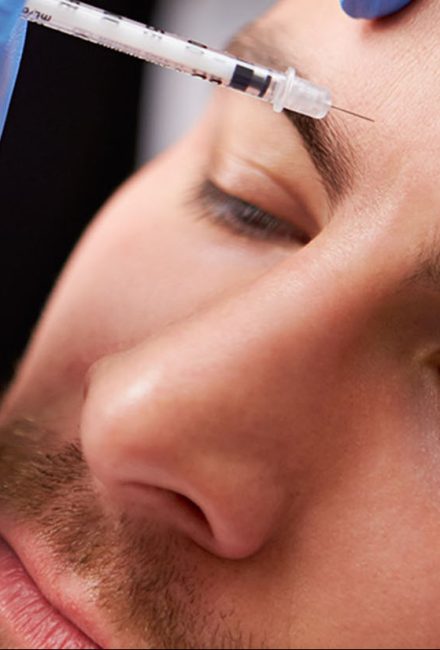You’ve been thinking for a while now about getting some help with removing unwanted bulges of fat and you are ready to take the plunge. But which one do you choose, CoolSculpting or Liposuction?
Doing your research before you book a consultation with a plastic surgeon or a cosmetic aesthetics clinic is a good idea. Consults can be overwhelming. So much information is given in a short time and if you go in at least understanding the basics and the terminology, you will be more likely to ask the right questions and leave with a clear decision.
Every procedure has its pros and cons and with the popularity for non-surgical options on the rise, one needs to give careful consideration to discern which treatment fits their comfort level, their lifestyle and their expectations.
I have had CoolSculpting under my chin and Liposuction in my upper and lower abdomen, so I can offer information from my own experiences and what I have witnessed in our clinic.
What Is Liposuction?
Liposuction has evolved into several different techniques. The most popular form of Liposuction is Tumescent liposuction or Liposculpture. A general anaesthetic is not required which lessens the surgical risks. Yes, you are awake for it but under a mild, relaxing ‘twilight’ sedation. The area is injected with saltwater, lidocaine and epinephrine solution, which deals with the discomfort and makes it easier to extract the fat cells.
The area swells way beyond its regular size and a long, thin surgical tube (cannula) with a vacuum is used to suction out the fat. This method is very customizable for controlling the fat removal. Ultrasound-assisted liposuction is also available which uses sound waves to rupture the fat cells into a liquid state before suctioning. This method is excellent for fibrous areas, such as the male breast, back, and in areas where liposuction has been previously performed.
Worst Part?
For me it was taking the before photo, wearing only my bra and some paper bikini underwear! Prepare yourself, if this doesn’t sound comfortable for you; see if you can take the sedation before your photos. lol!
For most people, the soreness and the aftercare (see below) are probably the worst part. I also ended up with a very large hematoma (internal bleeding beneath the skin) across my abdomen that was extremely painful and took months to resolve.
How Does Liposuction Feel?
Because of the sedation and the numbing agent in the injected fluid, there is mostly a tugging sensation but not necessarily pain throughout the procedure. However, the discomfort is just tolerable, not pleasant.
Liposuction Aftercare:
Drains are usually inserted for several days to help get rid of the excess fluid and any blood. For both treatments a compression garment is suggested, day and night for 4-6 weeks. It feels good to wear it, less jiggling means more comfort and your results are better. People whose skin lacks elasticity may end up with loose-looking skin in areas where the procedure was done.
Liposuction Risks?
- Bleeding
- Burns from instruments
- Change in skin sensation; numbness
- Complications from anaesthesia
- Fat embolism
- Fluid accumulation
- Infections
- Reactions to lidocaine
- Shock
- Uneven fat removal
- Damage to nerves, blood vessels, muscles, lungs, and abdominal organs
- Blood clots
You’ll probably also have to take some antibiotics to prevent infection. Most people can return to work within 2 weeks. But every person is different.
What Is CoolSculpting?
Although CoolSculpting may seem like new technology, it has been used as a body sculpting procedure since 2010. It works by suctioning an area of loose, squishy fat into a large suction cup and turning down the temperature until that fat is frozen. The freezing begins within about 5 min and you no longer feel the suction sensation or any discomfort. The fat cells that have been affected will be destroyed and your immune system will carry them away and eliminate them from your body through your liver.
After about 45 minutes, you are left with a frozen clump of fat that is then massaged down by your technician; this is a weird feeling, some people find it painful others don’t mind it. CoolSculpting freezes about 25% of the fat in that area, and it is permanently gone. Of course, if you gain weight you have a risk of creating new fat cells in that area.
Worst Part?
I’m a bit claustrophobic so having my head and neck strapped into the foam pillow to treat my double chin, took some getting used to but other parts of the body, I am told, are very comfortable.
How Does CoolSculpting Feel?
Once the suction head is strapped on, you notice the skin starts to chill very quickly and in about 5 min, the area is numb. You just sit and read, or in our clinic, watch Netflix.
CoolSculpting Aftercare:
Once your technician massages the frozen clump, there is not much else to do but go back to your life. Wearing a light compression garment for a few weeks may help you feel better and enhance the results but it isn’t necessary.
Possible side effects of CoolSculpting:
- redness
- firmness
- pinching sensation
- minor swelling
- tenderness
- bruising
- stinging
- tingling
- numbness
- skin sensitivity
- mild to moderate pain
- muscle cramping
- itchiness, especially a few days after the procedure
- diarrhea, as dead fat cells are removed from the body
- a feeling of fullness in the throat after treatments involving the neck or chin region
- (In one percent of the cases, CoolSculpting can lead to a side effect called paradoxical adipose hyperplasia which is an increase in the volume of fat cells in the treated area. Liposuction can be used to treat these rare cases.)
Benefits Of CoolSculpting:
- It is a low-risk procedure for most people.
- The skin barrier is not broken or compromised, removing most of the risk of complications, such as infection and scarring.
- There are few reported adverse reactions or outcomes.
- There is no need to take time off from work or everyday activities afterward.
- The results look natural, as they develop gradually in the weeks following the surgery.
- It can help people who have lost weight or at a healthy weight but still have excess fat in particular areas.
- There is less risk of regaining weight and results are long-lasting because fat cells are actually destroyed and removed from the body.
- The risk of skin dimpling or bumps is low because fat cells are destroyed evenly across a patch of skin.
What Does It Come Down To?
Your expectations. How much fat do you want to get rid of? If you have a BMI over 30 then you can still do both procedures but you may not be as satisfied with the amount of time it takes to see results with CoolSculpting. The CoolSculpting treatment freezes about 25% of the fat in that area and full results are seen in 1-4 months. You can continue to have treatments every 4 months as long as there is enough, squishy fat in the area.
Liposuction is more of a one-off treatment as more fat can be removed in one procedure. Results are seen quickly but recovery is intense. My observation is that people with a type ‘A’ personality may prefer this method as it fits more with their need for significant, fast results.
CoolSculpting is truly a lunchtime procedure. You could literally be in and out in one hour after your first treatment. For both procedures: Of course, if you gain weight you have a risk of creating new fat cells in that area.
Costs:
We’ll use the flanks or love handles to do a comparison as this is one of the most popular areas requested:
CoolSculpting- $750 for each side per treatment = $1500
If 2 treatments are needed, $3,000.
Liposuction – $3,000 – $5,000
Summary
As I mentioned, having had both treatments, I would recommend that if you can easily grab most of the fat in an area in your two hands, then CoolSculpting is enough to get good results. I wouldn’t go through the Liposuction process and recovery again and certainly not as I have gotten over 50, it would be too much for my body and I don’t want to spend my vacation time healing. If you compare the seriousness of the side effects for each treatment you can see that CoolSculpting has almost no risk. I would rather spend the same money to gradually and safely reduce the volume with a non-invasive procedure.



